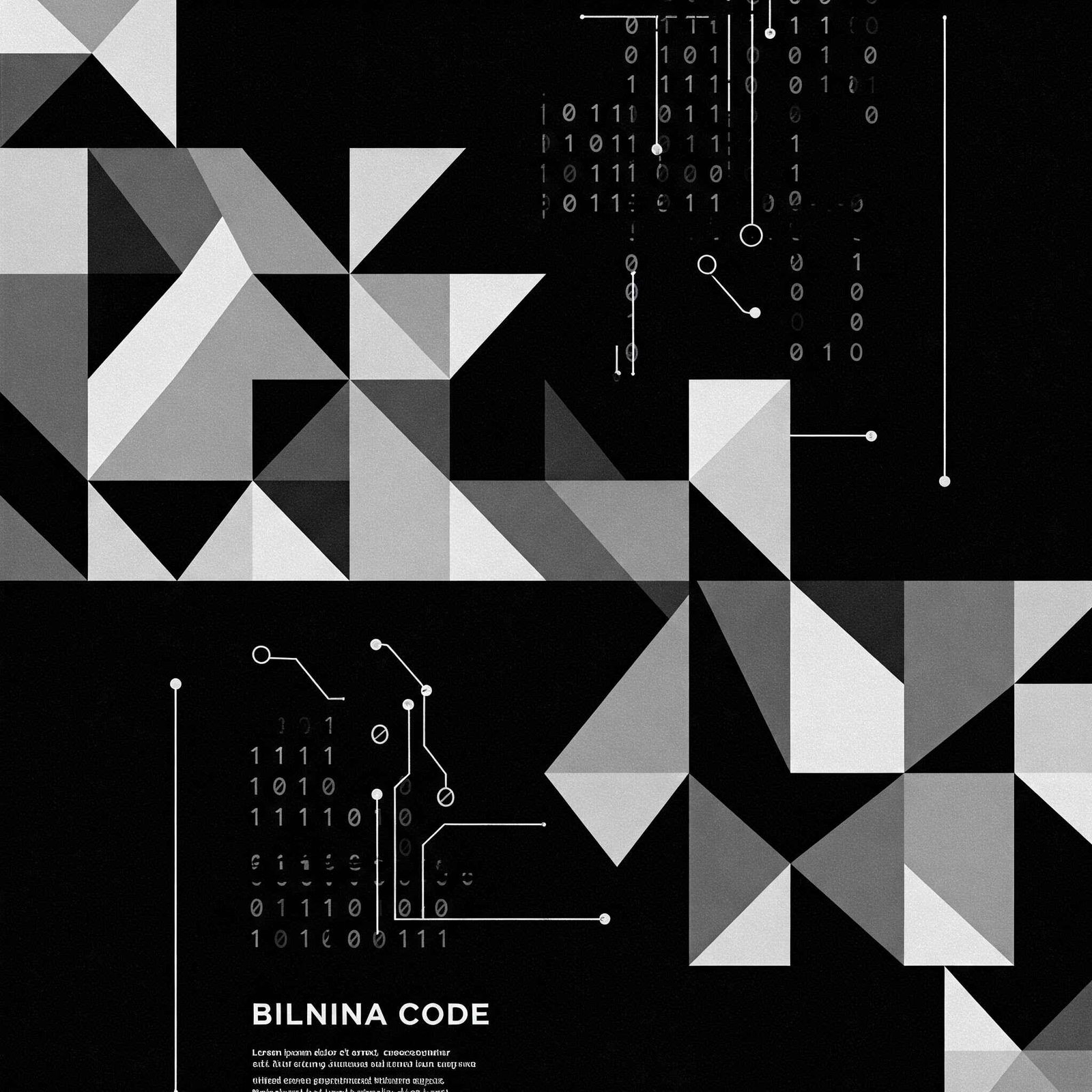
Binary Code Explained: The Foundation of Digital Systems
Binary code is the foundation of all digital systems. It is a system of representing information using only two symbols, typically 0 and 1. These symbols are called bits, and they can be used to represent any type of data, from text and images to sound and video.
Binary code is used in computers, smartphones, and other digital devices to store and process information. It is also used in many other applications, such as telecommunications and data storage.
How Does Binary Code Work?
Binary code is based on the binary number system, which is a base-2 number system. In the binary number system, each digit can only be 0 or 1. This means that there are only two possible values for each bit in a binary code.
The binary number system is used to represent numbers in a computer. For example, the number 10 in binary is represented as 1010. The first digit from the right is the least significant bit (LSB), and the last digit from the right is the most significant bit (MSB).
How is Binary Code Used in Computers?
Computers use binary code to store and process information. When you type on a keyboard, the characters you type are converted into binary code. This binary code is then stored in the computer's memory.
When you open a file, the computer reads the binary code from the file and displays the information on the screen.
What are the Advantages of Binary Code?
There are many advantages to using binary code in digital systems. One advantage is that it is very simple to understand. Another advantage is that it is very reliable. Binary code is also very efficient, as it can be used to represent a large amount of data in a small amount of space.
What are the Disadvantages of Binary Code?
One disadvantage of binary code is that it can be difficult to read for humans. This is because binary code is made up of long strings of 0s and 1s.
Another disadvantage of binary code is that it can be slow to process. This is because computers have to convert binary code into a more readable format before they can process it.
Conclusion
Binary code is the foundation of all digital systems. It is a simple, reliable, and efficient way to represent information. However, it can be difficult to read for humans and can be slow to process.